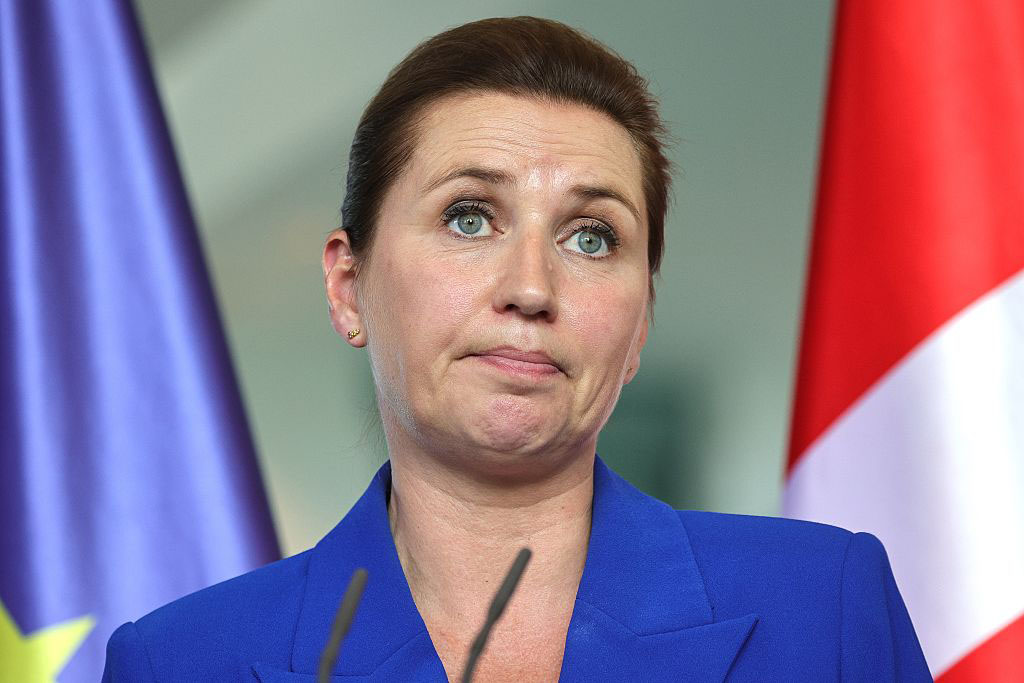
Tu B’shevat or the “New Year of the Tree,” is a Jewish holiday that originally began as an agricultural holiday, and has now turned into the most important ecological day of the Jewish calendar. In commemoration of this day, people are planting trees all over Israel. Today, in times of the climate crisis, planting trees has suddenly become more important than ever before, and Israel has been at the forefront of planting trees for a long time.
Dominik Doehler, ZAVIT* Environment and Science News Agency
As extreme weather events and natural disasters are becoming more palpable and frequent, the global call to action on climate change is becoming louder. However, while political inertia, destructive agricultural practices, and the tenacity of the fossil fuel industry are making it hard to initiate wholesale changes towards a greener future, many communities, organizations, companies, but also countries turn to the simplest and most basic alternative there is – planting trees.
Things are not that easy
Trees absorb large amounts of CO2 from the atmosphere, which they need for growth and oxygen production. Since CO2 is a potent greenhouse gas and the number one driver of climate change, trees might be considered a secret weapon against climate change. Unfortunately, things are not that easy.
While trees are indeed natural carbon absorbers, the sheer number of trees that are required, as well as the large area needed to plant them in order to achieve a significant and lasting impact, is close to overwhelming. Nonetheless, studies suggest the “restoration of forested land on a global scale could help capture atmospheric carbon and mitigate climate change.”
Admittedly, planting new trees is an excellent place to start and will undeniably be one of many steps that have to be taken to tackle climate change. However, those endeavors will most likely be in vain if they’re not accompanied by the restoration of depleted forest cover and the conservation of existing forests.
The good news is that governments of many countries and the UN have come to acknowledge the importance of trees and vegetation in the fight against climate change.
Worldwide, the percentage of planted forests is on the rise. The total area of planted forests has increased by more than 105 million ha (259 million acres) since 1990, at an average increase rate of 3.6 million ha (8.8 million acres) per year. In recent years, countries such as India, Pakistan, and China have been planting trees on massive scales. Pakistan, for instance, planted one billion trees in 2014 as part of its goal of 10 billion trees. Ethiopia planted 353 million trees in one day this year.
In 2017, the United Nations developed a strategic plan that aims to restore and conserve global forests between 2017-2030. At the center of the plan is the objective of increasing worldwide forest cover by 3% by 2030. At the same time, scientific research will be conducted, aiming to expand international knowledge about afforestation practices. The plan is not compulsory, and it is entirely at each country’s own discretion to what extent they decide to participate and as to how much they want to expand their forested areas. However, for the very first time, an official strategy has been developed that sets a worldwide target for forestation.
Israel at the forefront of planting trees
Over the last century, Israel has been engaged in unprecedented afforestation measures as well as extensive forest management with respect to trees that were planted in an arid and semi-arid climate. Since then, Israel has become one of the very few countries with a considerably greater forested area at the beginning of the 21st century than it had at the beginning of the previous century.
According to the Ministry of Foreign Affairs, “today over 200 million trees in forests and woodlands cover some 300,000 acres in Israel.”
Due to its efforts, Israel has acquired crucial expertise in dryland forestry, which has garnered the country worldwide recognition.
For instance, last year Kenya’s Minister for the Environment and Forestry reached out to the forestry department of KKL-JNF (Jewish National Fund – a nongovernmental organization in Israel which functions as the Forest Service of Israel) asking for consultation regarding the country’s effort to increase its forest cover from 7% to 10%.
Israel’s longstanding experience in dryland forestry is applicable to a variety of places and climates, and could potentially contribute to the preservation and sustainable management of the world’s forests. Most relevant, in this context, are semi-arid regions or areas on the edge of the desert, such as the Sahel that stretches from east to west across Africa, large parts of Australia, and parts of China.
Since large sections of these semi-arid regions had once been covered with forests, there is an inherent potential for afforestation and rehabilitation efforts. In addition, due to decreased grazing and agricultural value, these areas have become available for other uses. Restoring forests in these climatic conditions will have a positive impact on the livelihoods of many people working in tree farming and wood production and also increase precipitation levels.
It is important to note, that deforestation is a primary contributor to climate change, especially the continuous loss of the tropical rainforests in South America, Southeast Asia, and Africa. Deforestation in the tropics accounts for roughly 12-20% of the anthropogenic greenhouse gas emissions. If the annual deforestation rate remains on the current trajectory, planting new trees will not exceed the number of trees that are being cut down each year.

































